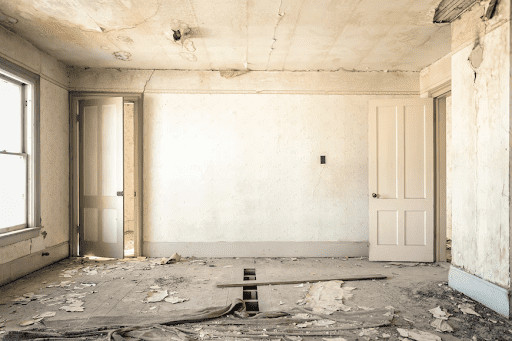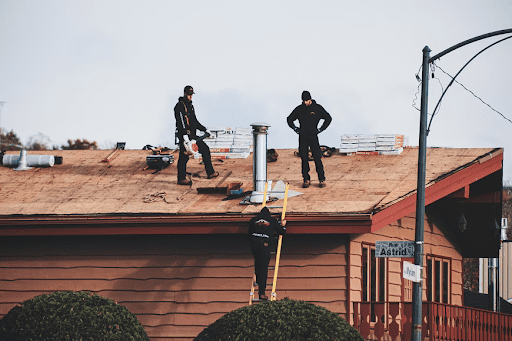Concrete walls as well as other common materials weaken over time due to many factors, including age, water damage, fire, mold, and mildew growth as well as insect infestation. Walls can bulge outward unevenly and create cracks or even larger openings. These problems can occur as a result of different events such as natural disasters or lack of house maintenance. The longer undetected or unfixed structural deterioration goes on, the worse the damage to your home will be. To avoid this, regular upkeep can help you protect your building from developing problems. Here are some tips on how to properly maintain your house to prevent structural damage.
Don’t Neglect Your Roof
Contents
The very first thing you need to do is inspect the roofing of your home. If you have shingles missing, or they are worn, it’s time for a replacement. The same goes for all other structural components. Replacing roof tiles will protect the house from water damage and prevent future problems. Asphalt shingles age quickly due to sun exposure and weather conditions.
If you don’t see any obvious signs that require immediate repair or replacement, take a look at your gutter system. Make sure there are no loose hangers or leaking joints, as this can lead to water damage inside the building structure. To keep leaves out of gutters, make sure downspouts extend far enough away from foundation walls so that they don’t direct water toward the home. You may also consider installing snow guards during winter. As explained by the folks from Safe Roof Experts, it is the most effective way to prevent damage from ice, snow, and rain while also preventing leaks. Just make sure you find a reputable roofing service provider to do the job.
Check Your Foundation
Cracks in the foundation are not only unsightly, but they can be a sign of greater problems that require immediate attention. Keep an eye out for hairline fractures in basement walls, floors, and ceilings as well as open joints between concrete slabs. If you have bigger cracks measuring more than 1/8 inch wide or longer than 1/4 inch, you might need to fill them with epoxy crack filler or even hire a professional repairman if necessary. Filling cracks smaller than this is much easier and cheaper to fix on your own. When it comes to filling cracks around window frames, doorways, sidewalks, or driveways due to settling foundation issues or other reasons it makes much more sense to have it done by a professional even though the method is more advanced.
Inspect Your Plumbing System
Your home’s plumbing system is not as fragile as its structure, but constant pressure from the water can damage your sewer lines and that will cause problems in short term or long term depending on how severe the issue is. One of the most common problems that require immediate pipe repair is the leak. Leaks are difficult to catch because they are usually silent until it’s too late. To prevent this, make sure you inspect your plumbing system for leaks once in a while by looking at pipes under floors, ceilings, and walls for moisture or even traces of mold growth.
Additionally, if you have a home with an older plumbing system, your galvanized water pipes might be corroding from the inside. Eventually, this will cause problems with your exterior walls, and you’ll see bubbling in paint or staining on sheetrock walls. You can easily replace galvanized steel pipes with copper ones that are more modern and efficient.
Examine Your Electrical System
Electrical problems are easier to spot than you might think. For example, if outlets or light switches feel loose when they’re not supposed to or if lights flicker on and off spontaneously, then it’s time for an inspection by a professional. Outlets that work intermittently due to the constant wiggling of loose plugs often indicate wiring issues where your home’s structure is exposed. You can solve this problem on your own by tightening screws around outlet boxes or rewiring the faulty electrical box entirely.
If you have a fuse box from the old days, you should consider replacing it as soon as possible. This is especially true for homes where you often see flickering lights or appliances that work sporadically. If your home has knob and tube wiring that runs through your walls, ceiling, and floors, then there’s a good chance that its insulation has been compromised over the years due to humidity changes, insects, or rodents. In other words, your wiring might be getting short-circuited by moisture. This will not only make sure smaller problems become worse over time, but it can also cause fires if left unattended for too long.
You can prevent a lot of serious damage to your home’s structure by performing regular examinations. Even if you notice a small problem during your regular home inspection, make sure not to ignore it because it can grow worse if left unaddressed for too long. So whenever you notice something alarming, don’t waste your time and get it fixed before things start getting more serious.

